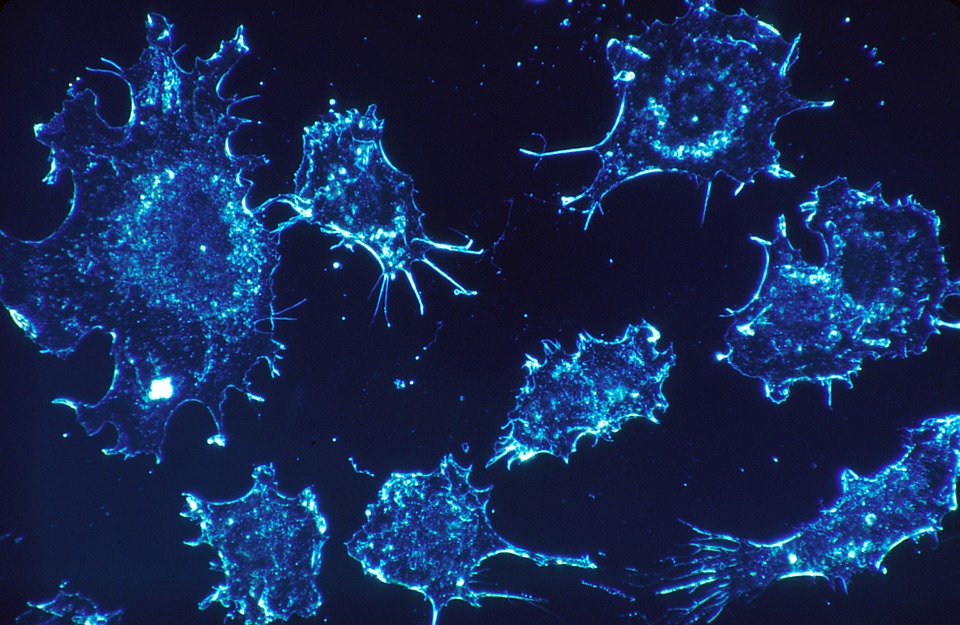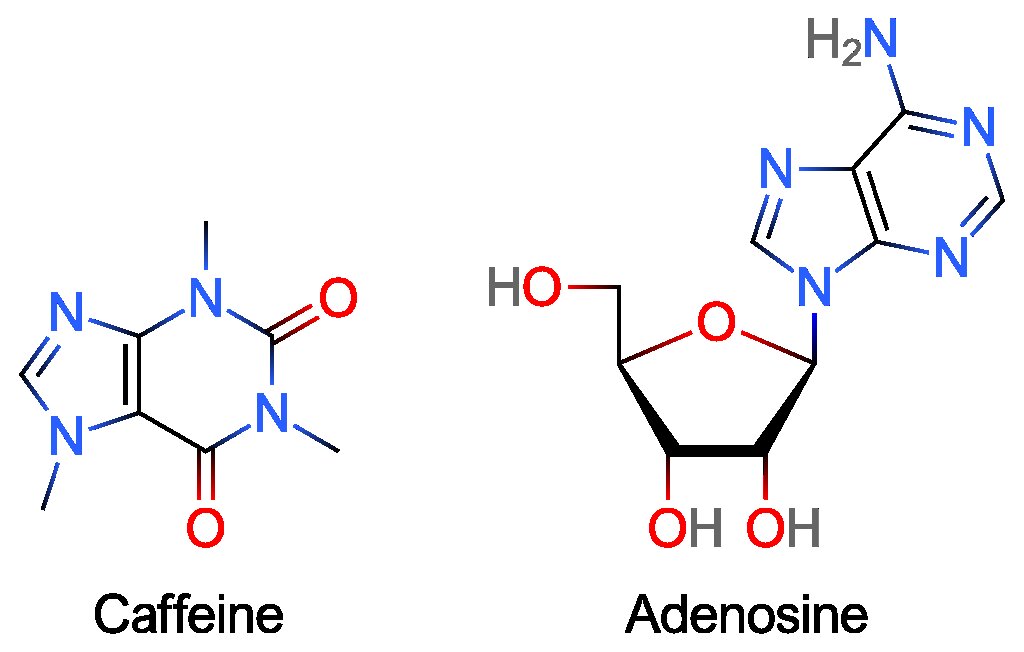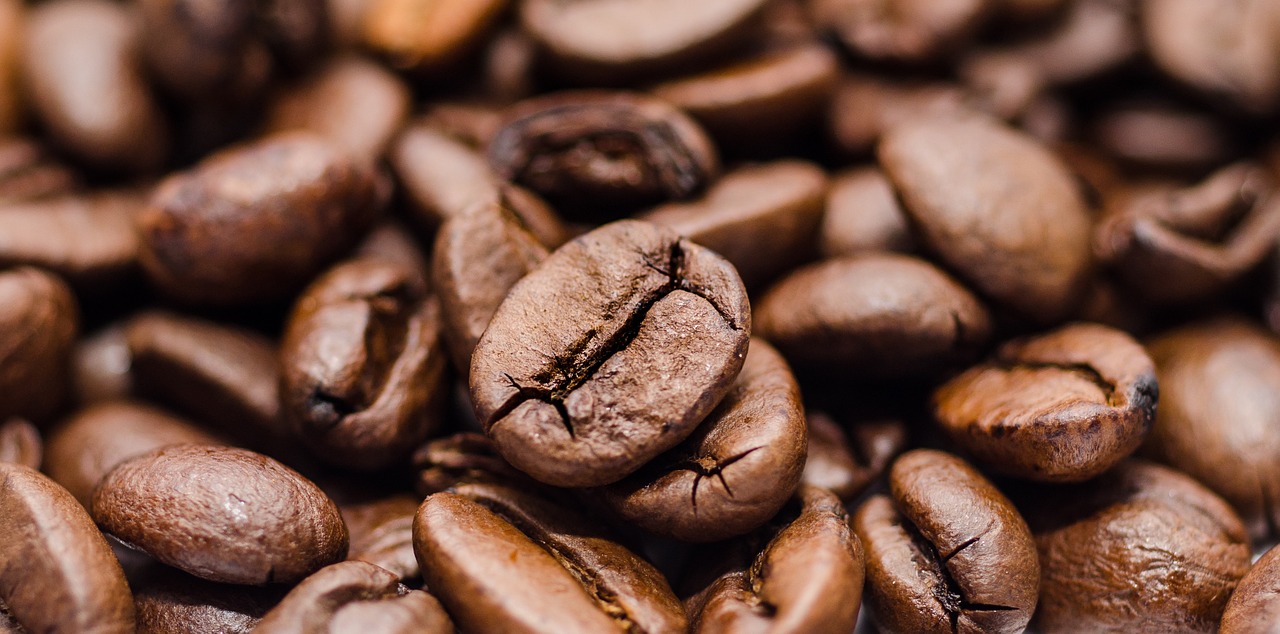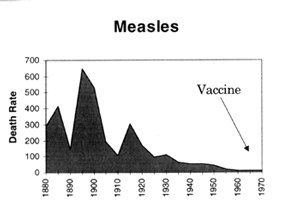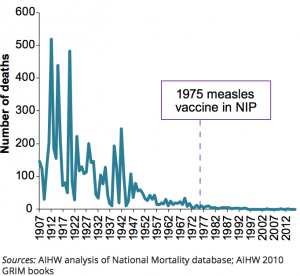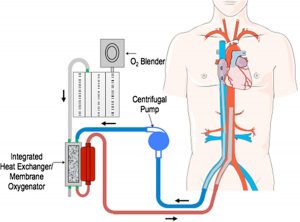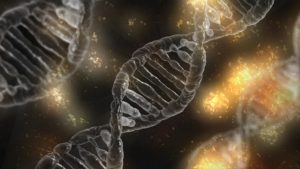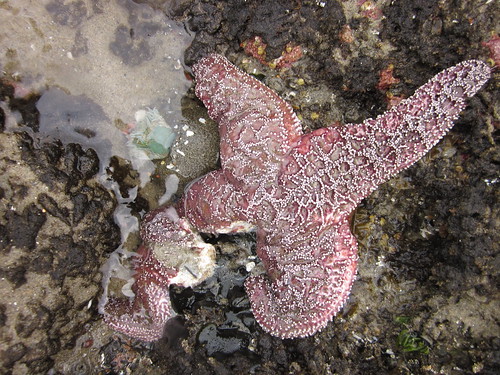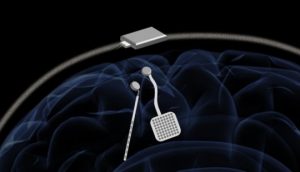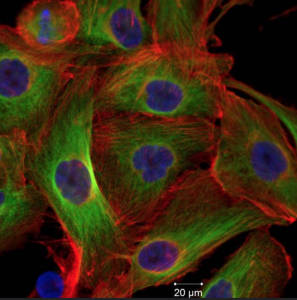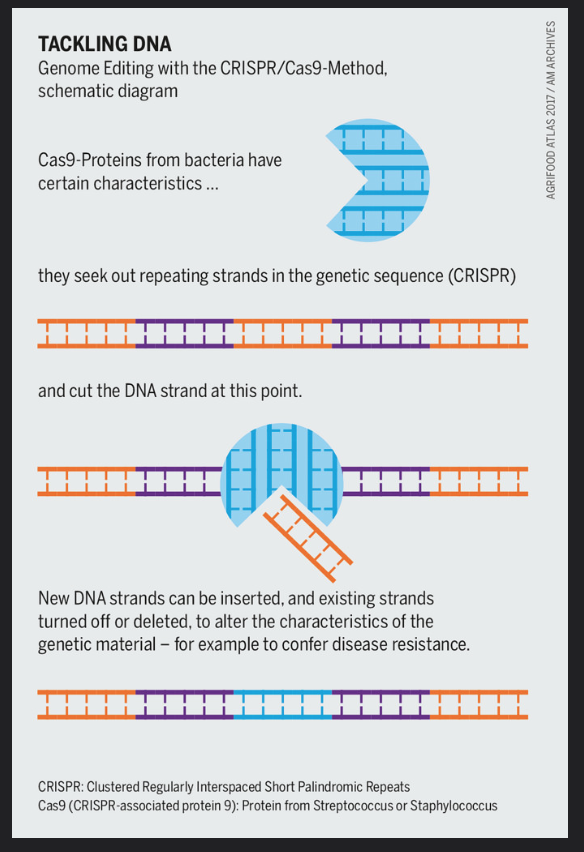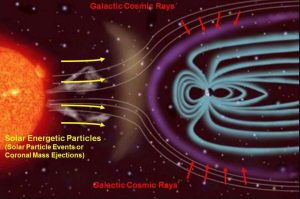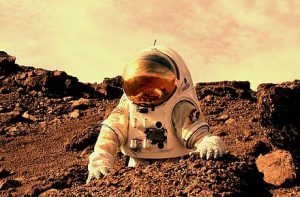As many students frantically refreshed the UBC website to see if classes (especially midterms) were cancelled due to the recent snow storms, it became apparent the importance of accurate and early weather forecasting systems. In both Eastern Canada and Vancouver, the powerful winter wind, snow, and freezing temperatures caused power outages, road delays, and many flight cancellations. Many emergency centres and snow action plans were in operation, even before the storm hit. The science used in weather forecasting needs to predict accurately and in advance, so that weather warnings can be communicated to the government and to the public efficiently. Without this technology, millions of dollars of damage can be done and public safety could be put at risk.

The January 2019 Snow Storm in Toronto, Ontario. Wikimedia Commons
A recent published study by Fuqing Zhang in the JAS (Journal of the Atmospheric Sciences) suggests that a 2-week predictability with fair accuracy could be possible in the near future, as compared to a current 10-day period. The increasing ability of supercomputers allow higher resolution models to be made when capturing information from satellites and weather balloons. Conditions that are captured include temperature, pressure, humidity, and wind speed.
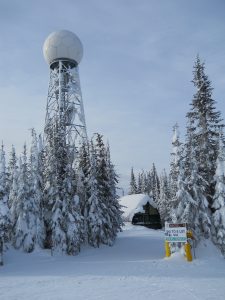
A Canadian Radar Weather Station near Vernon BC. Wikimedia Commons
The 2-week period is believed to be the upper limit, as weather patterns follow “The Butterfly Effect“, discovered by Edward Lorenz. Minuscule disruptions, such as a butterfly flapping its wings can eventually snowball into a much bigger tornado far away. Even very tiny differences in starting conditions, over the course of two weeks, can turn into widely varying weather conditions based on the same predicting model. Uncertainty in the conditions observations and in the model can end up leading to a large variation in predicted weather. This makes anything beyond the 2-week period unlikely to be predicted accurately as the uncertainty grows over time.
The following video by Lloyd Treinish shows how weather forecasting systems work and how they can be used to prepare for the weather before they even happen.
Since these weather forecasting models help governments and business to determine how to keep the public safe and minimize financial losses, the science behind it is crucial and early forecasting allows more time to prepare for upcoming weather emergencies. So, if you’re desperately hoping they cancel that midterm, you can trust that the weather forecast will not let you down.
Christy Lau


